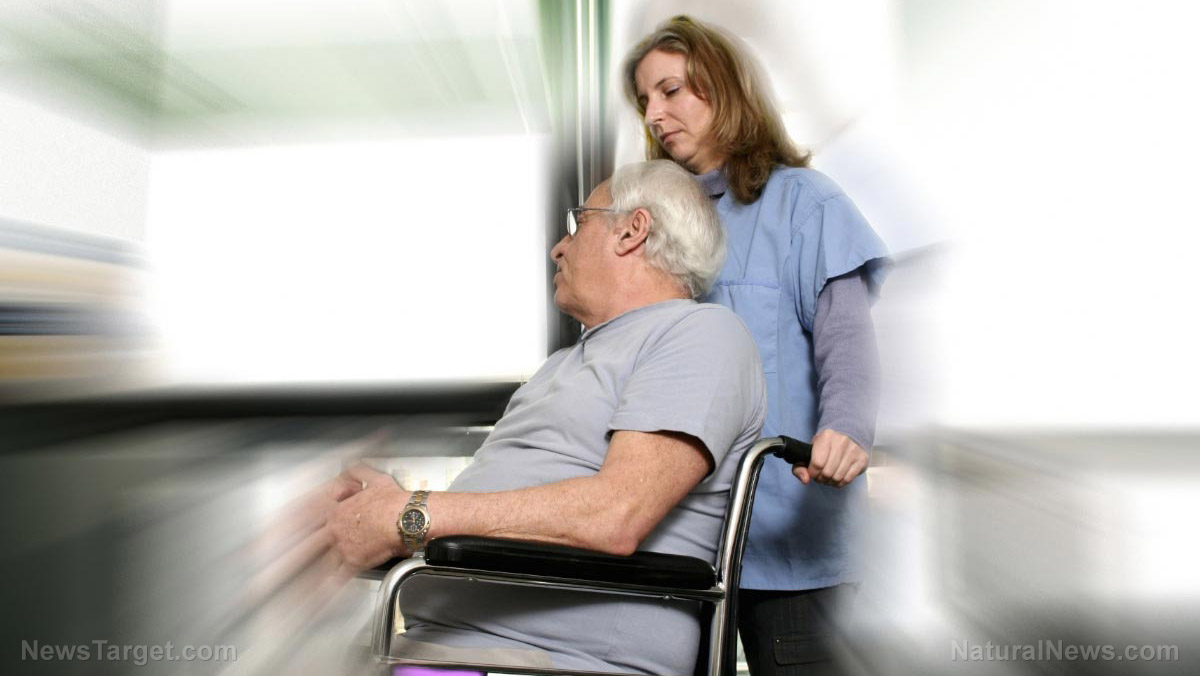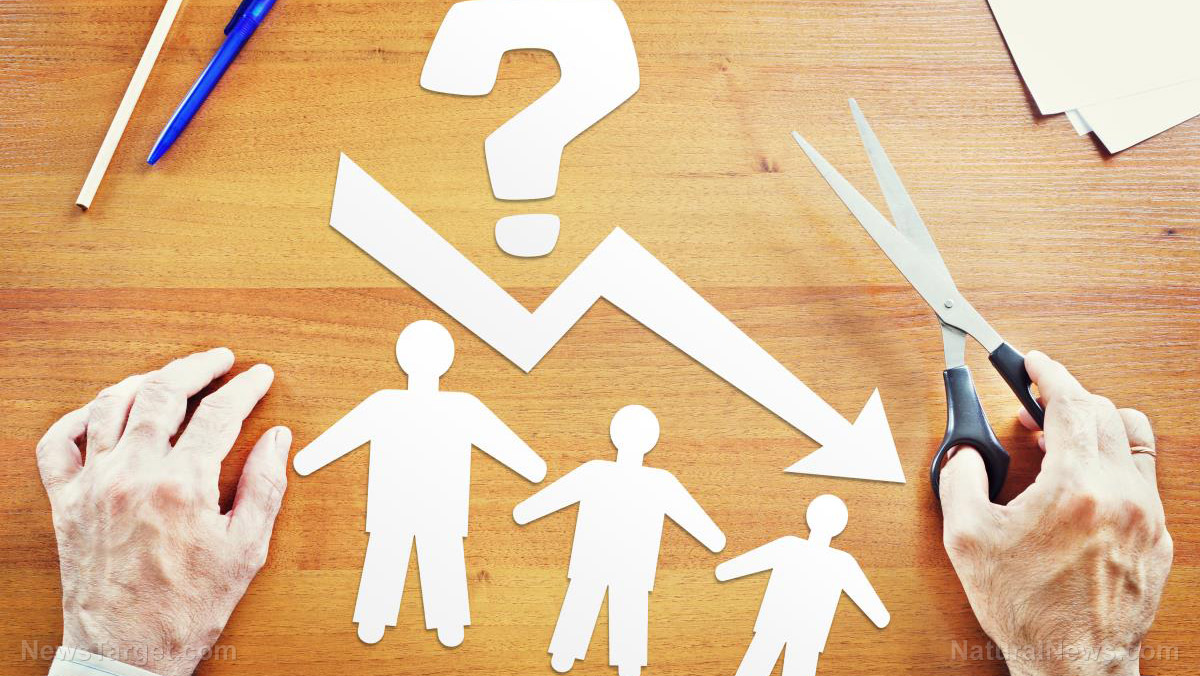Prescription drug use is at an all-time high here in the United States. In 2015, a report from the Journal of the American Medical Association revealed that approximately three out of every five citizens are currently taking some form of prescription medication. Useage of just about every type of medication has increased since the year 2000. And of course, to go along with our penchant for medication, there has also been a distinct rise in trips to the emergency room. Adverse reactions to prescription drugs also seems to be on the rise.
One of the downfalls of prescription drugs is the potentially hazardous effects they may produce. The side effects of different medications can vary wildly. A study conducted by the CDC has revealed that 1 out every 250 visits to the ER is because of a drug reaction in both 2013 and 2014. This was a significant increase from the years 2005 and 2006 — the last time drug reactions were studied.
Estimates for children, teens and young adults have remained about the same; however, the number of older patients visiting the ER thanks to a medication reaction has made a substantial climb. Older Americans are being affected by adverse reactions in much higher numbers now than ever before — even when adjustments are made for population increases.
In fact, of all visits to the ER for drug reactions, about 35 percent of the patients are 65 years of age or older. That’s nearly a ten percent increase! In the 2005 and 2006 study periods, elderly patients accounted for just 26 percent of ER visits related to drug reactions.
According to Nadine Shehab, a senior scientist in the CDC’s Division of Healthcare Quality Promotion, and her co-authors, there are a few key culprits behind this increase — namely, anticoagulants (blood-thinners for preventing blood clots), antibiotics, diabetes medicines, opioids (pain medications) and antipsychotics.
In an email, Dr. Daniel Budnitz, the senior author of the paper and director of the CDC’s Medication Safety Program, noted that the fact that these are the same drugs identified a decade ago for commonly causing trips to the ER should be a cause for concern. Dr. Budnitz states that safety interventions should be more focused on these particular types of drugs.
In their research, the team focused on the reasons why people are visiting the emergency room, with a focus on drug reactions. They analyzed data from 58 different emergency rooms and then created estimates for the population as a whole. The team then compared this data to their estimates from 2005 to 2006. Based on their surveillance of 42, 585 cases, the researchers posit that roughly 4 out of every 1,000 Americans goes to the ER due to an adverse reaction to a drug. More than a quarter of these patients will be hospitalized, or about 27 percent.
Overall, the estimates indicated that diabetes medication, blood thinners and antibiotics led to nearly half of the ER visits for drug reactions.
In children under 5, antibiotics were the most common cause for the ER visit, at about 56 percent of the total. The same held true for older children and teens, though it was a slightly smaller majority with only 32 percent.
More than a third of all visits to the emergency room for medication reactions occured in the elderly population. Older adults also had a much higher rate of hospitalization. Some of the ill effects patients experienced included hemorrhages from anticoagulants, severe allergic reactions to antibiotics, and hypoglycemia with neurological effects from diabetes drugs.
Another study published last year, in the journal PLOS One, found that an increasing number of Americans are being prescribed multiple medications concurrently. They found that many patients were taking medications without their doctors’ knowledge and some were even taking dangerous combintations of drugs.
Timothy P. Ryan, founder of Sano Informed Prescribing, a health care technology company, noted that between the aging population and the rising number of prescriptions per patient, these study results are sadly not that surprising. Ryan notes that when patients are cared for by multiple physicians, there is often an incomplete view of their drug use, so the ER visits are really the result of a much larger issue.
Ryan says, “Americans are increasingly overmedicated.”
Sources:
CNN.com
WashingtonPost.com



















